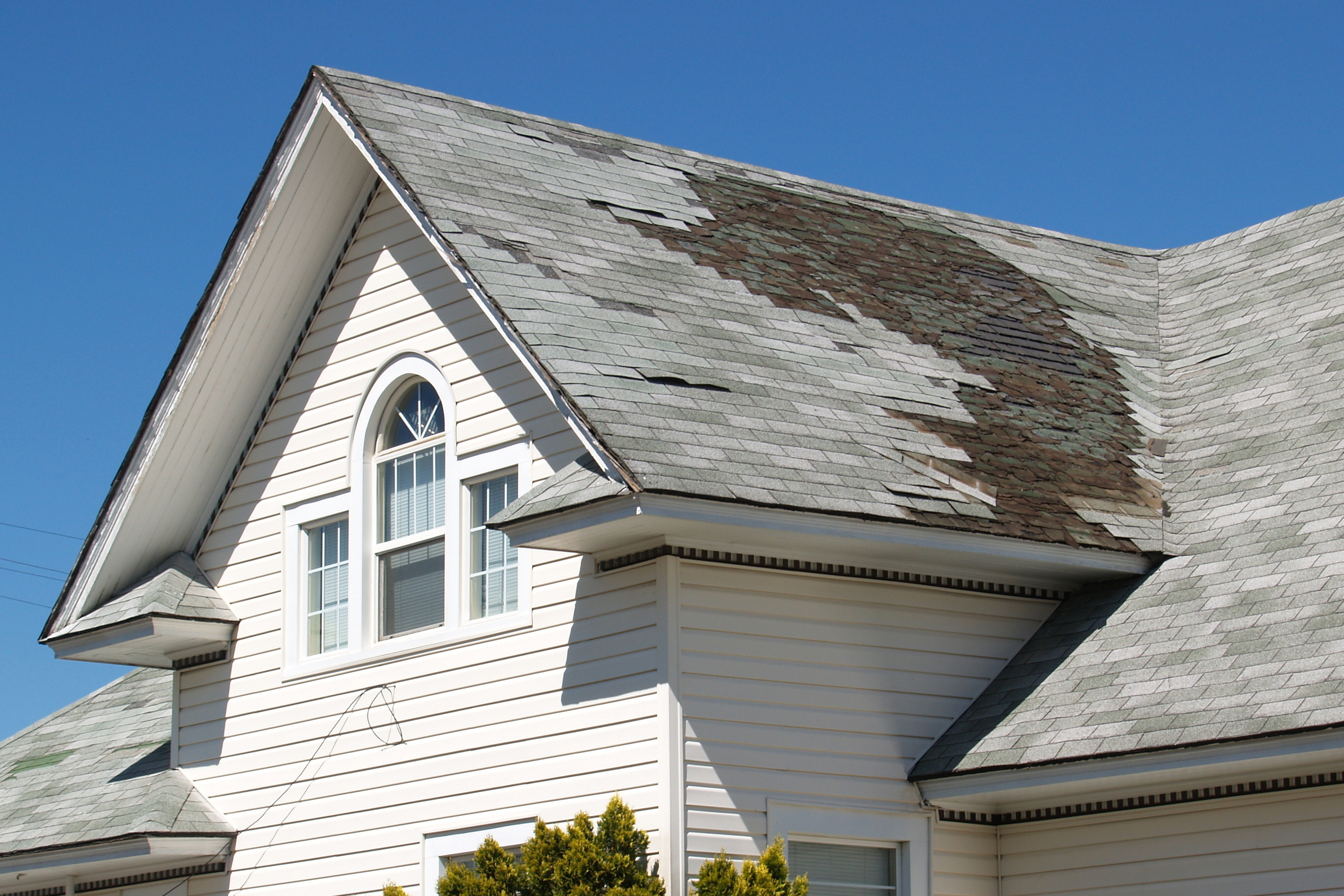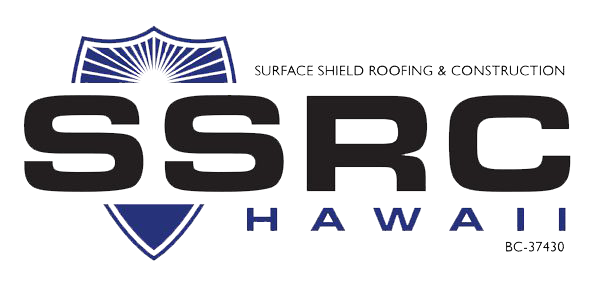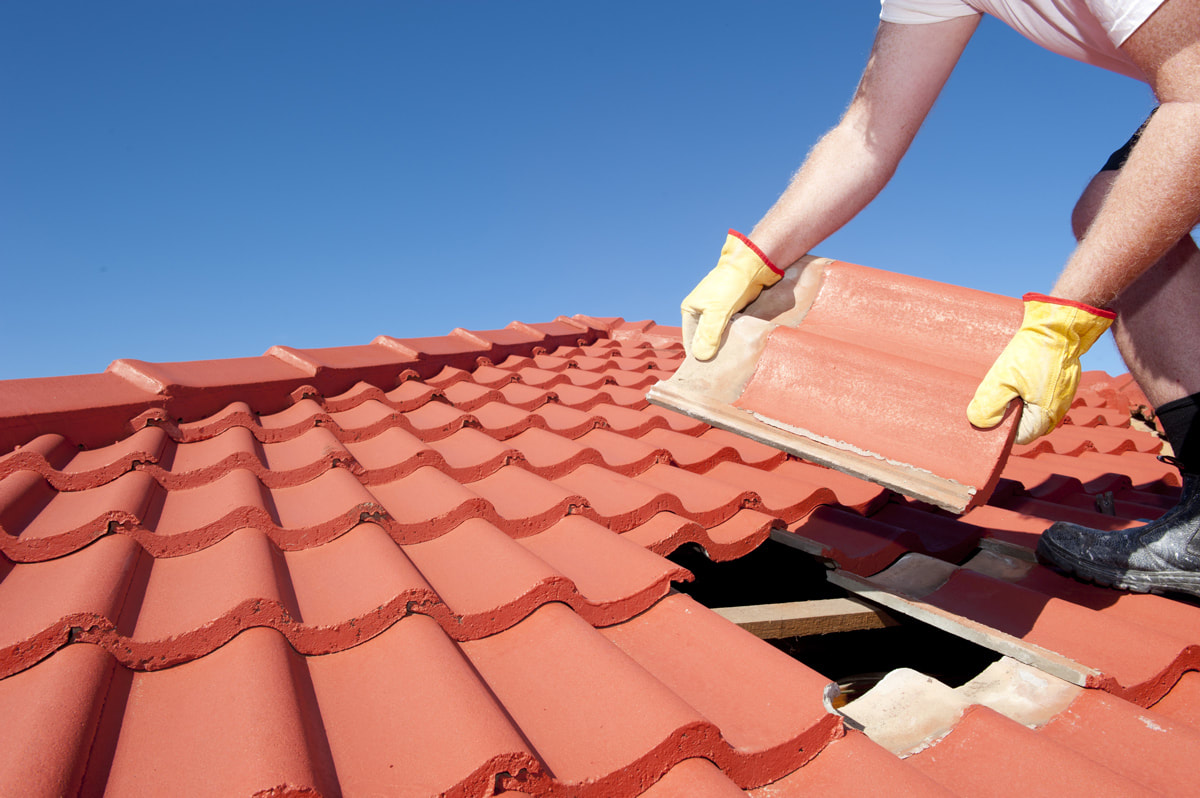Roofing Companies Oahu: Top-Rated Roofers for All Roofing Projects
Roofing Companies Oahu: Top-Rated Roofers for All Roofing Projects
Blog Article
Comprehending the Various Sorts Of Roofings: A Comprehensive Guide for Homeowners
In the realm of homeownership, choosing the ideal roofing design is a choice that lugs significant implications for both performance and aesthetic appeal. With a selection of alternatives-- varying from the standard gable to the modern level-- each kind presents distinct benefits and difficulties that should straighten with the homeowner's particular demands and ecological factors to consider. Recognizing these differences not only help in making an educated option but also affects long-lasting maintenance and energy performance. As we check out the complexities of different roofing system types, it becomes apparent that dimension does not fit all; the right option might stun you.
Gable Roof Coverings
Saddleback roofs, identified by their triangular form, are amongst one of the most popular roof designs as a result of their simplicity and efficiency in shedding water and snow. This layout features 2 sloping sides that satisfy at a ridge, enabling efficient drainage and lessening the risk of water accumulation. The high pitch generally connected with saddleback roofs boosts their ability to take care of hefty rainfall, making them appropriate for different environments.
Along with their useful benefits, gable roof coverings supply aesthetic versatility. They can be adjusted to various architectural styles, from typical to modern homes. The design can additionally suit added attributes such as dormer home windows, which improve natural light and air flow in the attic room area.
Additionally, gable roof coverings give enough space for insulation, adding to power performance. Home owners can pick from a selection of roof materials, including asphalt roof shingles, metal, and floor tiles, further enhancing personalization alternatives.
Despite their advantages, saddleback roofs may call for additional assistance in locations vulnerable to high winds or heavy snowfall. On the whole, the saddleback roof continues to be a popular choice because of its blend of functionality, durability, and visual charm.
Apartment Roofs
Flat roof coverings are usually acknowledged for their minimal layout and functional applications, especially in industrial and business settings (oahu roofing). These roofs include a straight or almost straight surface area, which permits very easy building and flexible room usage. While they might do not have the visual charm of pitched roofing systems, flat roofings supply various benefits, especially in urban settings where maximizing area is essential
One of the key benefits of flat roof coverings is their availability. Home owners can make use of the roofing system space for various objectives, such as rooftop yards, balconies, or photovoltaic panel setups. Furthermore, level roofings are commonly much more affordable to install and preserve compared to their sloped equivalents, as they require fewer products and labor.
Common materials made use of for flat roofings include built-up roofing (BUR), modified asphalt, and single-ply membranes, each offering distinctive benefits. In general, level roof coverings serve as a practical and adaptable option for several homeowners and companies alike.
Hip Roofing Systems
Hip roofings are identified by their sloped sides that converge on top, developing a ridge. This layout is unique from gable roofing systems, as all 4 sides of a hip roof covering slope downwards toward the walls, supplying a more secure structure. The angle of the slopes can vary, enabling for flexibility in architectural aesthetics and functionality.
One of the main advantages of hip roofings is their ability to withstand hefty winds and unfavorable weather. The sloped surface areas make it possible for better water drain, decreasing the threat of leaks and water damage. In addition, hip roofs use enhanced attic room, which can be used for storage and even converted right into comfortable areas.
However, creating a hip roofing can be much more costly and complex than simpler roof covering types, such as gable roof coverings. The added material and labor associated with creating the inclines and guaranteeing correct structural honesty can cause greater expenditures. In spite of these downsides, several property owners favor hip roofs for their resilience, visual charm, and capacity for power effectiveness.
Mansard Roofing Systems
Mansard roofings, typically identified by their distinct four-sided style, function two inclines on each side, with the lower slope being steeper than the top. This architectural design, stemming from France in the 17th century, is not just visually enticing yet functional, as it takes full advantage of the functional room in the upper floorings of a structure. The high reduced slope enables for more clearance, making it an excellent selection for attics or lofts, which can be transformed right into living areas.
Mansard roof coverings are defined by their versatility, accommodating various building styles, from traditional to modern-day. They can be built with different products, including asphalt shingles, slate, or steel, supplying property owners with an array of alternatives to match their preferences and budgets. In addition, the layout enables the assimilation of dormer home windows, boosting natural light and air flow in the upper degrees.
Nevertheless, it is important to think about the prospective disadvantages. Mansard roof coverings might require more maintenance because of the intricacy of their layout, and their steep slopes can be testing for snow and rainfall runoff. Generally, mansard roofing systems incorporate style with functionality, making them a preferred choice among property owners seeking distinct architectural attributes.
Shed Roofings
As home owners significantly look for simplicity and capability in their architectural layouts, lost roofs have actually become a prominent choice. Defined by a single sloping plane, a shed roofing offers a minimalist visual that complements numerous home designs, from modern to rustic.
One of the key benefits of a shed roof covering is its uncomplicated construction, which often translates to decrease labor and product costs. This layout enables reliable water drain, decreasing the danger of leaks and water damage. Furthermore, the vertical slope gives sufficient space for skylights, click for source improving natural light within the inside.
Shed Check This Out roofs likewise provide convenience in terms of usage. They can be successfully integrated into additions, garages, or outside frameworks like sheds and pavilions. In addition, this roofing system design can fit numerous roof materials, consisting of metal, asphalt roof shingles, and even eco-friendly roofings, straightening with eco-friendly efforts.
Nonetheless, it is necessary to think about local climate conditions, as heavy snow loads might require modifications to the roofing's angle or framework. On the whole, shed roof coverings offer a useful and visually pleasing alternative for property owners aiming to maximize capability without jeopardizing style.
Conclusion


Gable roofing systems, identified by their triangular form, are among the most prominent roofing styles due to their simpleness and efficiency in shedding water and snow. oahu roofing. The high pitch commonly associated with gable roof coverings boosts their capability to handle hefty rainfall, making them ideal for numerous climates
While they may lack the aesthetic allure of pitched roofing systems, level roof coverings use numerous benefits, especially in metropolitan atmospheres where making the most of area helpful site is crucial.

Report this page